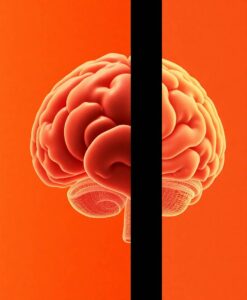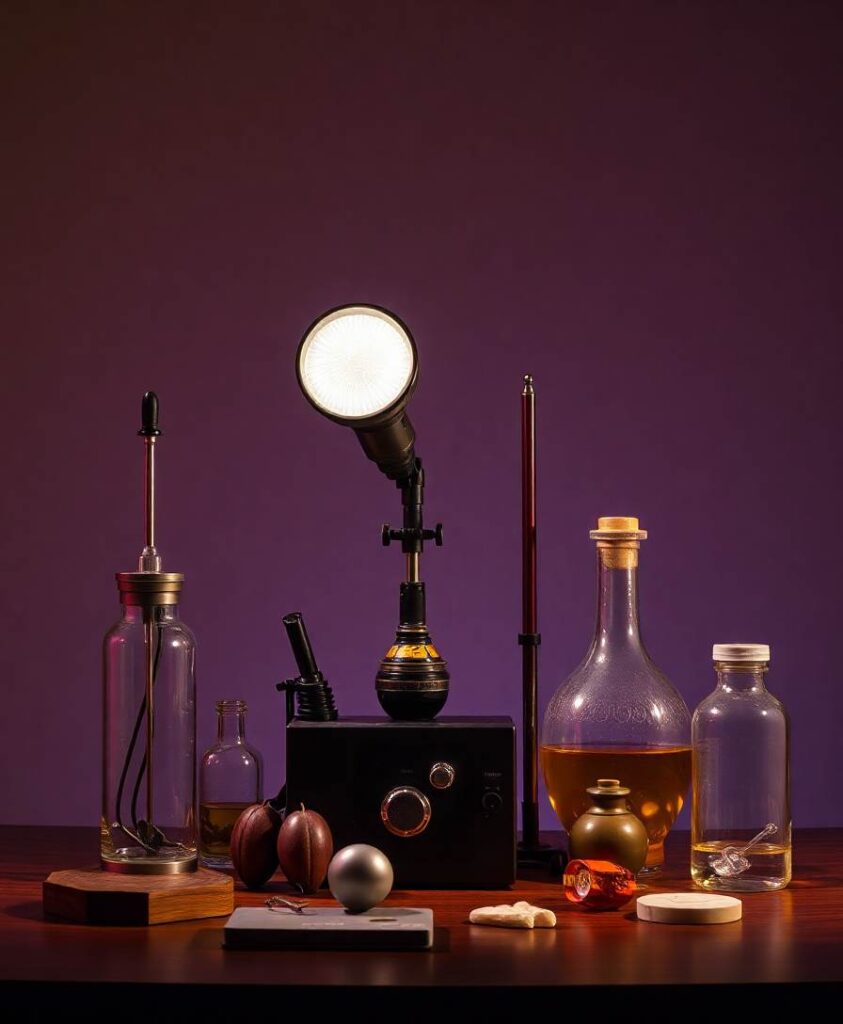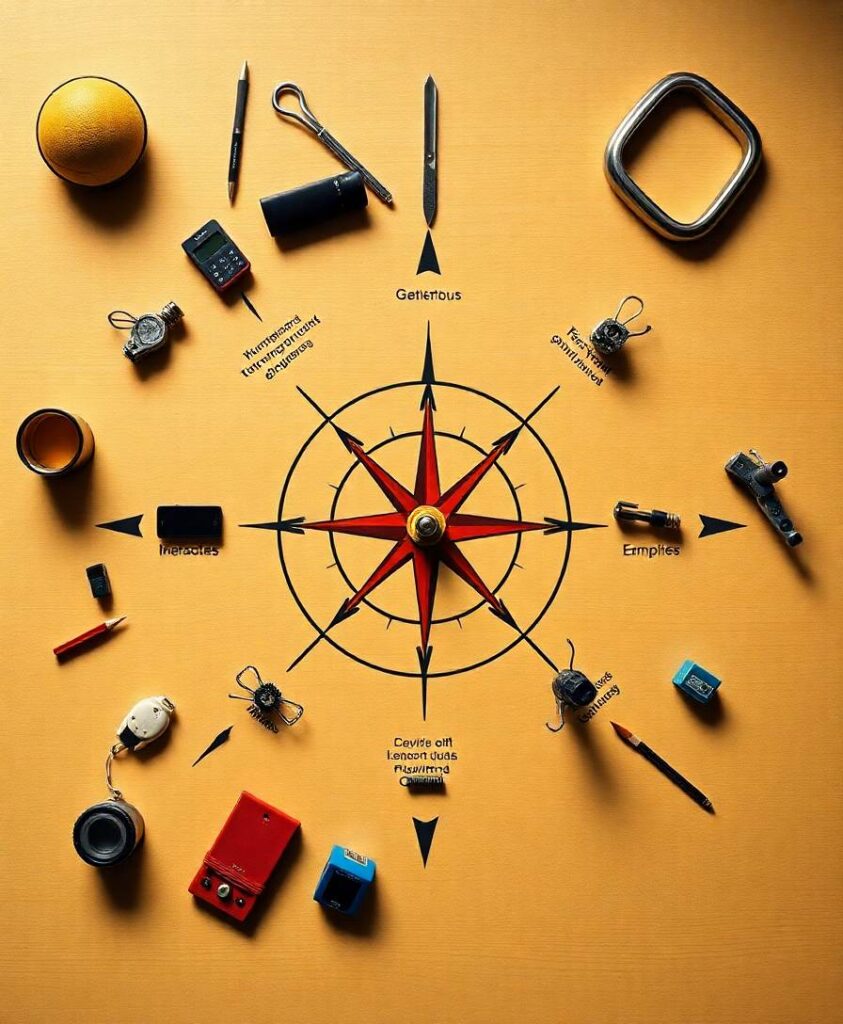Imagine watching a landscape gradually transform, not through occasional photographs, but through continuous video tracking. This is essentially what dense longitudinal neuroimaging accomplishes for brain research. By taking multiple measurements within shorter timeframes, scientists can now map individual neural trajectories with remarkable granularity. This method reveals how our brains aren’t static structures, but dynamic, constantly recalibrating systems that respond uniquely to individual experiences and developmental stages.

The implications of this research extend far beyond academic curiosity. Understanding how individual brains change could revolutionize our approaches to learning, cognitive development, and potentially even neurological interventions. By recognizing the personalized nature of neural adaptation, we open doors to more targeted educational strategies, more nuanced cognitive therapies, and deeper insights into human potential. What unique story does your brain’s trajectory tell? The emerging field of dense longitudinal neuroimaging promises to help us answer that intriguing question.
Longitudinal measurements of brain structure and function are critical for understanding how humans change over time. Traditional longitudinal approaches sample sparsely across large windows of time to estimate coarse, long-term brain changes. This review showcases insights from dense longitudinal neuroimaging (DLN), an emerging approach that samples densely across relatively short windows of time to precisely estimate individual trajectories of brain change. DLN measures multiple samples from individuals throughout critical periods of rapid change. It allows precise estimates of nonlinear trajectories to advance a mechanistic understanding of brain change. Novel findings from this approach are improving our understanding of human cognition, such as the role of the motor system in visual development and learning.



